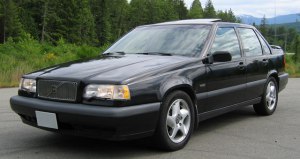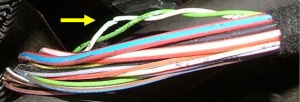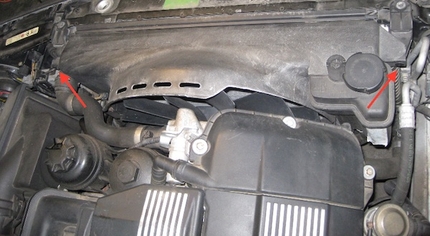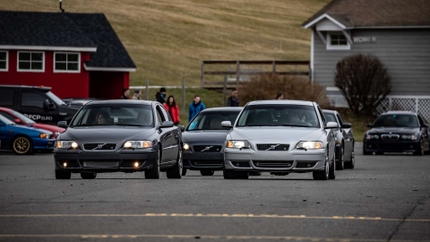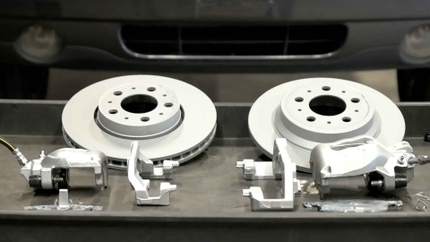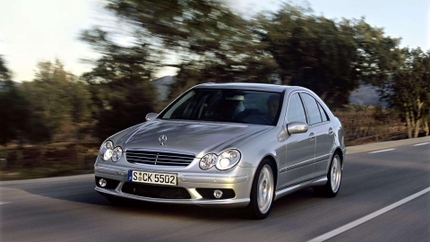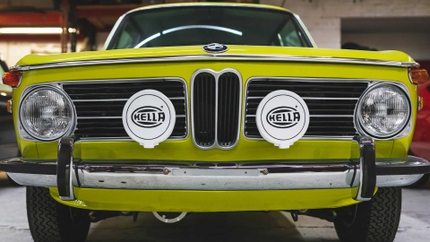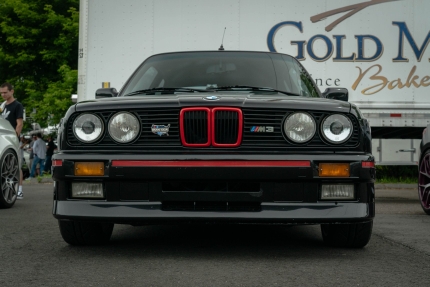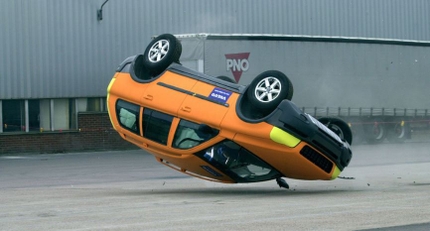- 09/29/2014
- 2 Min Read
- By: Jay VanGorden
4 Types of On-Board Automotive Network Technologies
 In the early years, our vehicle's electrical systems usually consisted of a battery, ignition coil, distributor, a generator, starter, a set of headlamps, high beams, a set of parking lights, rear lights, a horn and if you were lucky an interior lamp. The electrical diagram was shown on a single sheet of paper for the entire vehicle and if the vehicle had four fuses it was excessive.
In the early years, our vehicle's electrical systems usually consisted of a battery, ignition coil, distributor, a generator, starter, a set of headlamps, high beams, a set of parking lights, rear lights, a horn and if you were lucky an interior lamp. The electrical diagram was shown on a single sheet of paper for the entire vehicle and if the vehicle had four fuses it was excessive.
Fast forward 80 years and your most current vehicle has over 60 fuses. Increased demands by both the government and customers for safety, comfort, convenience, and environmental regulations have added additional functions to the vehicle's on-board systems. Today's vehicle wiring harnesses are long, heavy, sophisticated, and are difficult to route. For example, your average wiring harness into a front door may have 20-30 leads. It's difficult to design that into such a spot that constantly pivots without having the risk of chafing. Another issue is positioning the the harness in a spot where it can't cause interference due to magnetic fields. Think about this the next time you turn on your AM radio and you find poor reception.
All communicate using multiplex communication
Conventional electrical systems used sub circuits within a larger circuit, each containing a switch, a relay, and a fuse to control current. The more functions you had, the more switches, relays and fuses. Makes sense, right? There was always a point where enough is enough and it's time to make room for improvement. Today's vehicles utilize an automotive networking system linking multiple modules sometimes called "nodes" in its own communication loop. Networking is more efficient because it's faster, easy to customize, and the same system can be used in multiple model ranges, cutting back costs for the manufacturers. Within the network each module contains its own microprocessor and possibly their own relays, fuses, and terminal resistors, but they all communicate together using multiplex communication. Modules can distribute and receive input and output signals as fast as 500 kbps. The modules are then to command actionables to their corresponding sensors or components controlled by that module. Below are some of the forms of communication types you'll find on the road today.
Parallel Communication
Some of the early advancements made to the vehicle's communication processes were called Parallel communication. Two modules would use 8 different conductors, one for each type of information. The information transmitted was different within each conductor. For each signal it was required that a seperate conductor be used. This was a leap because each signal had it's own path and could be transmitted immediately. This is typically used in Bosch Motronic 4.4 systems.
Instead of using individual conductors, serial communication use one common conductor called, a serial data link. It worked off of a "question/answer protocol" which meant that only two control modules could communicate over a serial link at any given time. This type of communication was actually a bit slower than parallel communication. It is typically used in Bosch Motronic 4.4 systems.
Multiplex Network Communication
A form of digital communication where several of the vehicle's modules are connected to the SAME conductor. In this system all of the control modules that were connected in the circuit received messages at the same time making it unidirectional. The information was communicated from module to module, via binary code.
Easily identified by its green and white twisted pair of wires, CAN is a standardized form of multiplex communication. The green wire is used for CAN low with a voltage carrying from 1.5-2.5 volts while the white wire is used for CAN high with a voltage of 2.5-4.5 volts. CAN high and CAN low use two different voltage levels however the transmission speed is nearly the same. This type of system only uses two conductors and is typically found on Bosch ME 7.0 and later. Also, if you see these wires, do yourself a favor and don't splice into them for any reason whatsoever.
Let's face it. In today's day in age, the car as we know it is gone. Today's cars drive themselves, stop themselves, park themselves, and alert you when you're swerving into a different lane. They know when you're tired based off of your driving habits and keep us cool in the heat and warm in the cold. They comfort us, keep us safe, and entertain us. They have suspension systems that automatically adapt to road conditions and have drivetrains and dynamic control systems to maximize our traction, cornering, and braking capabilities. With all that going on in today's vehicles, I'm at peace knowing that we have the technology out there to make it all possible.

